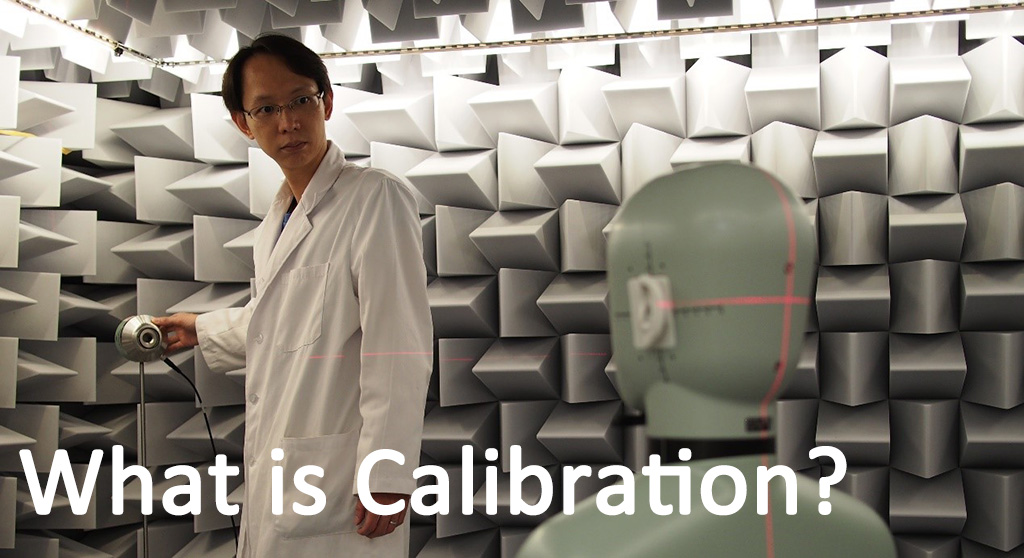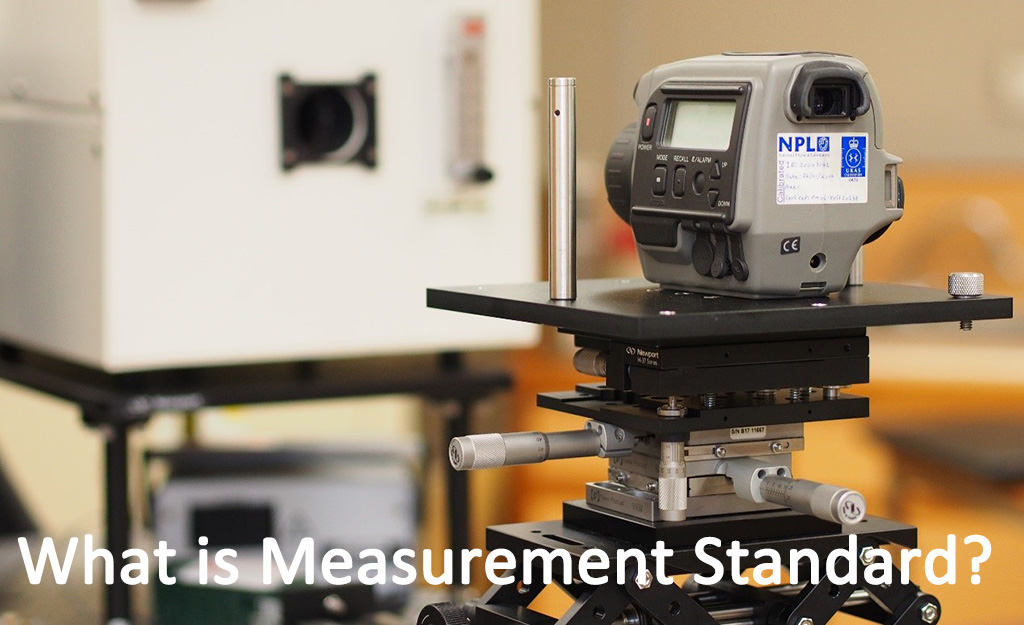Teachers and Students in Science, Technology, Engineering and Mathematics
What are the Meanings of Calibration and Measurement Standards?
What is Calibration?

The formal definition of calibration is given by the Joint Committee for Guides in Metrology (JCGM) in the document “JCGM 200:2012 - International vocabulary of metrology – Basic and general concepts and associated terms (VIM) 3rd edition” as follows. The JCGM has eight members, including the International Bureau of Weights and Measures (BIPM), which are important international organizations in the field of metrology.
“operation that, under specified conditions, in a first step, establishes a relation between the quantity values with measurement uncertainties provided by measurement standards and corresponding indications with associated measurement uncertainties and, in a second step, uses this information to establish a relation for obtaining a measurement result from an indication”.
Taking a sound level meter as an example, it is calibrated by using a reference sound calibrator (the measurement standard) to generate an acoustic signal of known magnitude and frequency (quantity value with measurement uncertainty). The reading of the sound level meter (the indication) subject to this acoustic signal is compared to the value of the reference sound calibrator (establishes a relation) in accordance with the procedures described in an international standard (the operation). The result of this comparison will be reported as error or correction with measurement uncertainty in the calibration report.
With the calibration report, the user of the sound level meter can apply the error or correction in the report (the information) to the reading of the sound level meter (the indication) to obtain a more accurate measurement result. The measurement result generally includes the measured quantity value and the measurement uncertainty which can be evaluated using the information in the calibration report and other factors such as the resolution of the sound level meter.
What is Measurement Standard?

Measurement standard is formally defined in JCGM 200:2012 as “realization of the definition of a given quantity, with stated quantity value and associated measurement uncertainty, used as a reference”.
It can be a physical object, a measuring instrument or reference material to define, realize, conserve or reproduce a unit of measurement.
An example is a 1 kg mass standard with known quantity value of 1.000,000,100 kg and associated standard measurement uncertainty of 20 μg which can be used as a reference standard in the calibration of an electronic balance.
Primary vs Secondary Standards
(a) Josephson devices for the realization of 'volt'
(b) stabilized lasers used in conjunction with interferometers for the realization of 'length'
DC Voltage Reference Standards are secondary standards of 'volt', with values assigned by comparsion to Josephson devices
Reference vs Working Standards
Calibration laboratories maintain reference standards for calibrating their working standards
Can use as a 'check standard' to ensure that routine measurements are being carried out correctly
Transfer vs Travelling Standards
The Hierarchy of Measurement Standards
of Primary Standards Laboratory
of Primary Standards Laboratory
of Accredited Calibration Laboratories